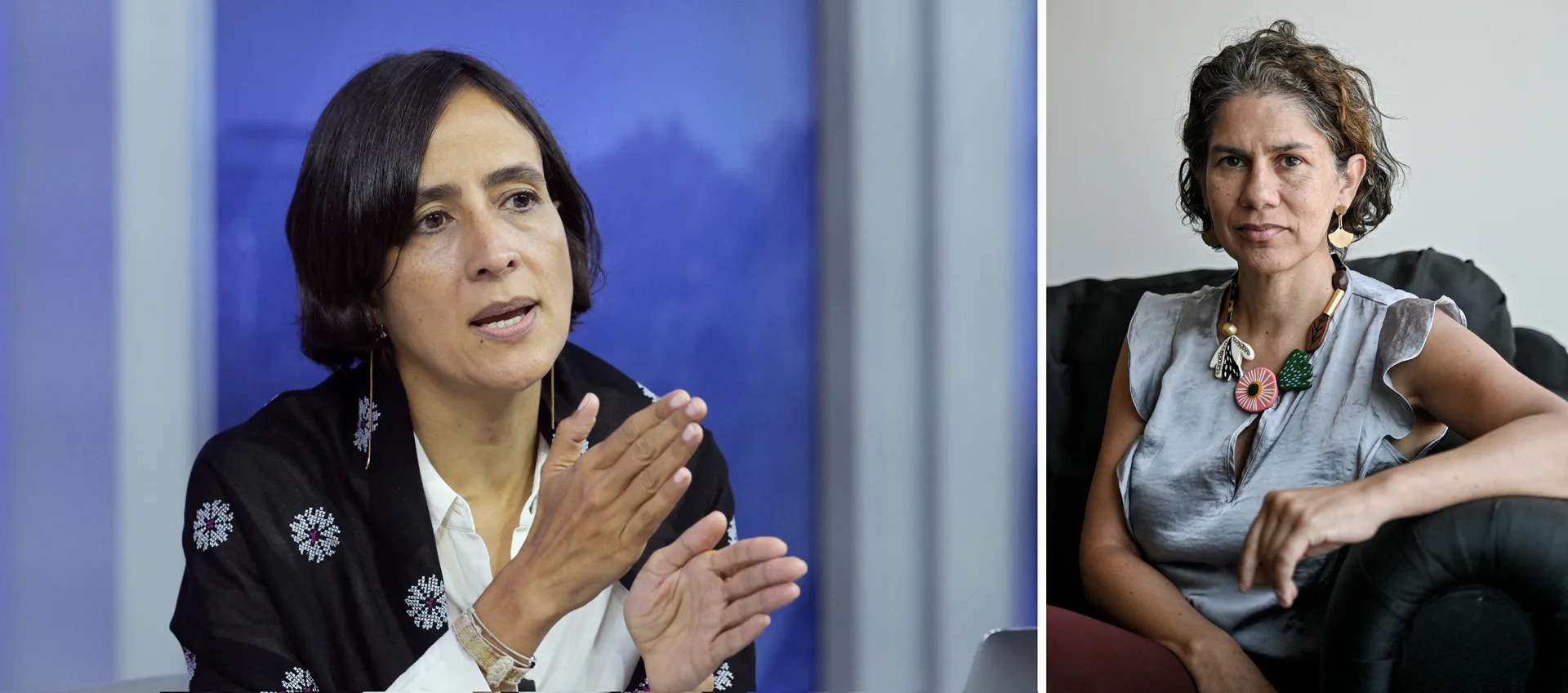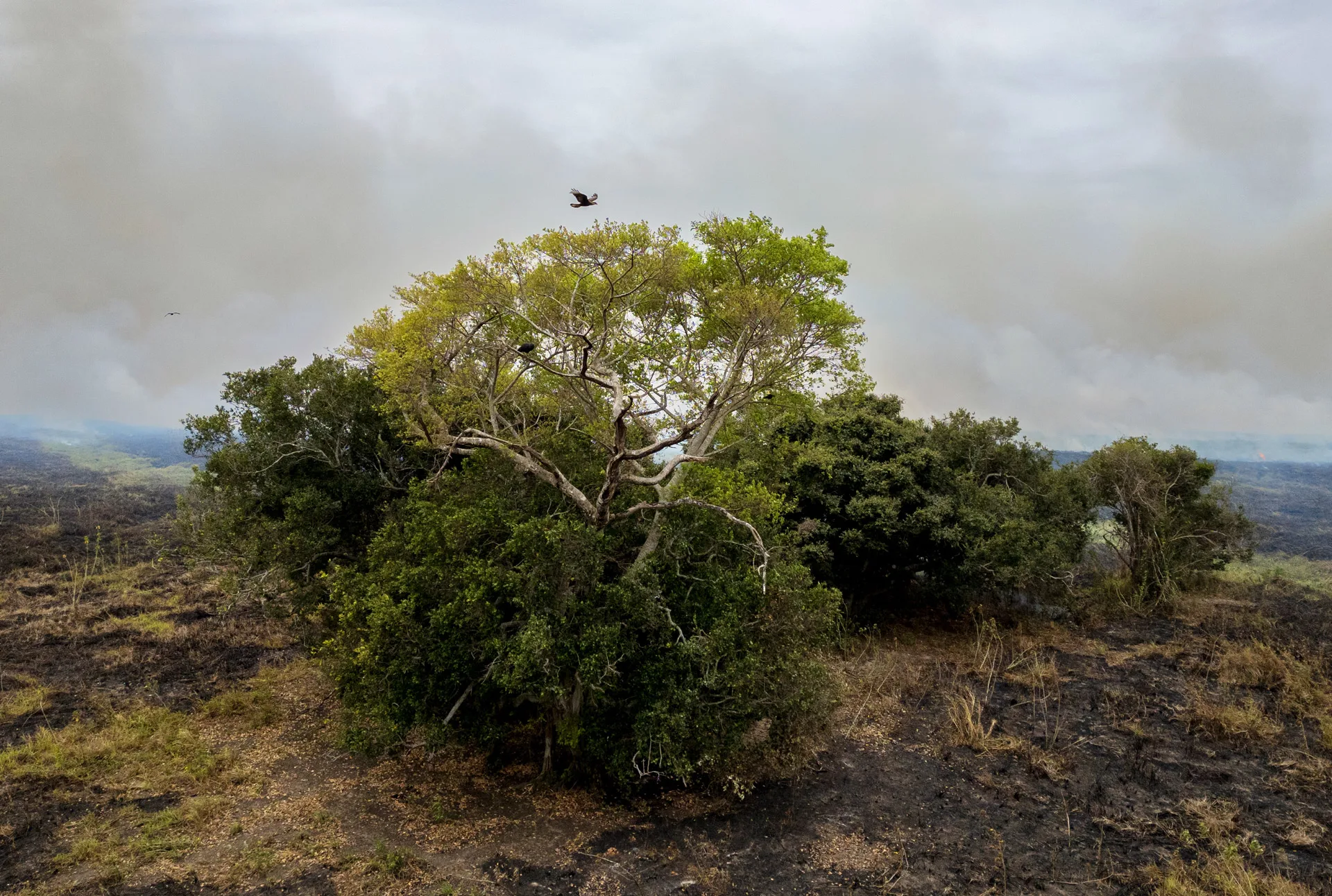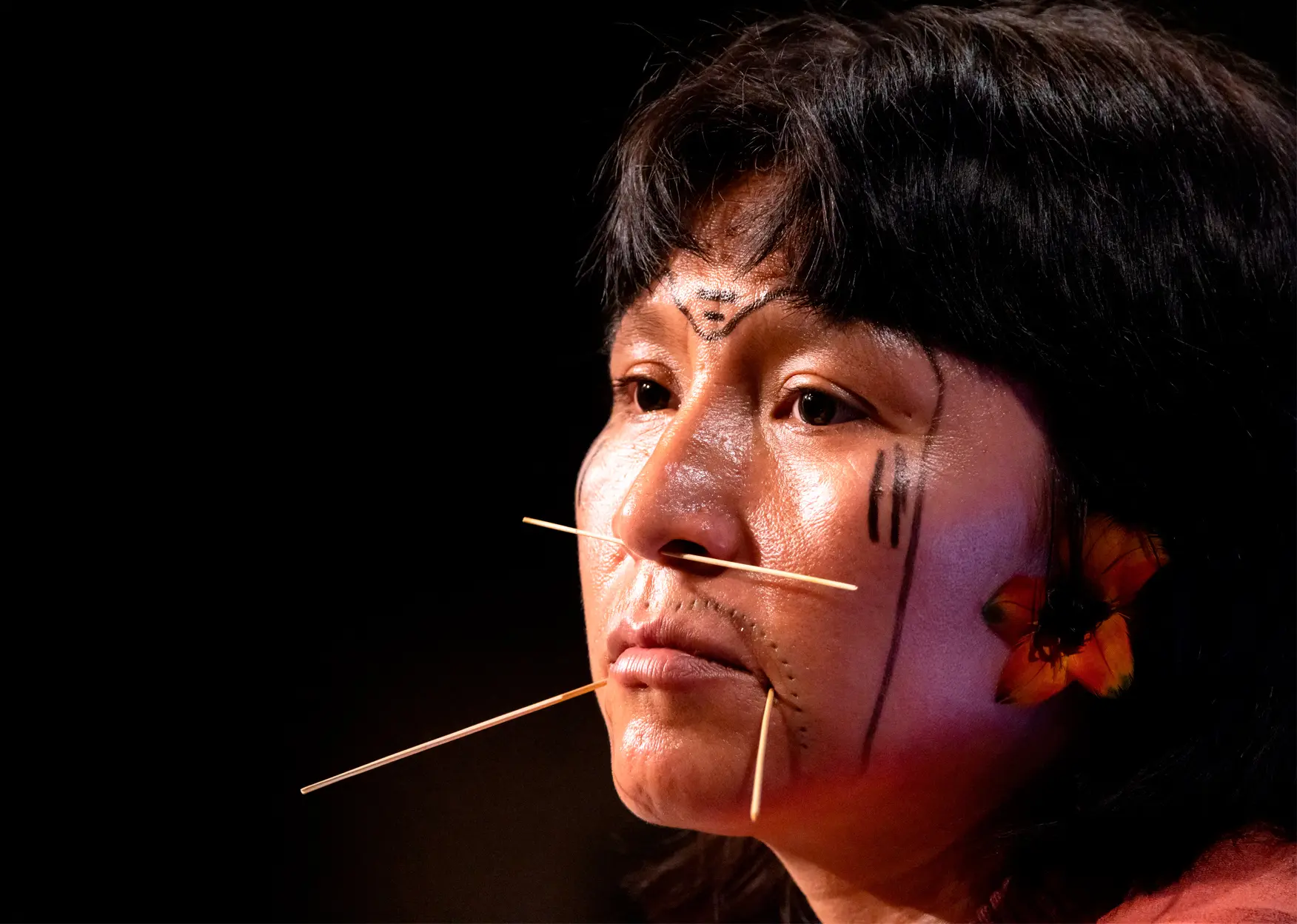Climate is Nature. Nature is climate. At Sumaúma, we have long stressed the need for these foundations of life to be considered as an inseparable whole. So we are encouraged to learn that one of the primary goals of the upcoming COP16 United Nations biodiversity conference in Cali, Colombia is to recombine these issues in international policy making. If that goes ahead, it will be an important change in thinking, but it should just be the start. If humanity is to find a way out of the monumental mess it has made of our home planet, the needs of Nature must take priority over the needs of the economy. That will be a much greater political challenge, but we believe there is a way – and it would put Amazon nations where they belong: at the centre of the world.
The president of COP16, Colombian Environment Minister Susana Muhamad has declared that one of the priorities of the conference will be a unified pledge on climate and biodiversity. These topics are, she has rightly said, two sides of the same coin; only focussing on one, as is currently the case with decarbonisation and clean energy, is “dangerous.”
That may seem obvious to readers of Sumaúma, which puts life and Nature at the centre of our coverage, but it is sadly not the understanding of most of the wider world. Since the 1992 Earth Summit, climate and Nature have been separated by different United Nations conventions and different strands of COP negotiations. They have never been treated equally. The climate COPs are dominated by the global north, throng with the representatives of money and power, and are widely covered by mainstream media from industrial capitals. The biodiversity (Nature) COPs are smaller, less frequent, more balanced by the global south and, until recently, largely ignored by TV and newspaper companies and governments. The United States – the world’s biggest economy – is not even a member, it is merely an observer. Other governments seem to think the outcome can be forgotten. Not one of the biodiversity targets has been met.
The clamour to reintegrate the two issues is growing among climate experts, indigenous thinkers and progressive politicians. In the Amazon, the Yanomami and other indigenous cultures have known for millennia that the forest and its people “hold up the sky.” Since 1992, Earth system scientists have proved beyond doubt that Nature, particularly microorganisms such as bacteria, does much of the work of maintaining the world’s temperature, salinity, acidity and chemical balance. This confirms what the British chemist James Lovelock and the US biologist Lynn Margulis had speculated in their Gaia Theory, which saw the atmosphere as an emanation of Nature, similar to the breath of a living planet. “I don’t know if it is too late for humanity to avert a climate catastrophe, but I am sure there is no chance if we continue to treat global heating and the destruction of Nature as separate problems,” Lovelock told this author.
The issue of reconvergence is now rising up the political agenda. Indigenous groups have asked that a joint approach be added to the agenda of COP16. So have other environment ministers in South America, according to Chilean Environment Minister Maisa Rojas: “We must reinforce the idea of seeing biodiversity and climate change together. Otherwise we risk making the terrible mistake of finding a solution to the climate crisis that only worsens the biodiversity crisis. That would be tragic.”

Environment Ministers Susana Muhamad, of Colombia (at left), and Maisa Rojas, of Chile: climate and biodiversity are ‘two sides of the same coin.’ Photos: Martin Bernetti/AFP and Lenin Nolly/NurPhoto via AFP
This “terrible mistake” is already happening again and again. In the name of providing supposedly clean energy, governments and companies have built vast hydroelectric dams, such as Belo Monte, that are devastating rainforests; in the name of securing minerals for solar panels and batteries, there are moves to rip up the seabed of the deep oceans; in the name of generating low-carbon energy, the Drax biomass plant in the UK is burning wood pellets from old growth forests in Canada. The list goes on.
Seen in this light, Muhamad’s proposal is long overdue, as we detail in this issue with an analysis by Jaqueline Sordi. though it may face resistance by wealthy nations and corporations that prefer to continue marginalising nature. The same is true of other welcome initiatives by the Colombian presidency of COP-16, such as enhanced recognition of Indigenous land issues and the need for greater international financial support for nature. Of course, there will be opposition from the old fossil industries. Never mind. Muhamad is right to push for more integration and more ambition.
The situation demands it. We live in desperate times. Latin America and the Caribbean has seen an estimated decline in the size of its wildlife population of 95% since 1970. It has suffered the worst deforestation and is usually where the largest number of environmental defenders are murdered. The Amazon is suffering record drought and the worst fires for more than a decade. This is part of a worldwide pattern. Scientists have found forests, plants and soil are so weakened and degraded that they have almost stopped absorbing carbon. The results are still preliminary, but this is a horrific indication that nature is losing its capacity to maintain a habitable atmosphere.
It is not enough to scream “crisis” and “emergency”, though both are appropriate alarms. More important is to think imaginatively and boldly about how we can restore the health of our home planet. What treatment does the Earth need? How can humanity (especially the wealthy, more environmentally culpable part) become the remedy, instead of the disease?
Sumaúma urges Muhamad and her Brazilian counterpart, Marina Silva, to go much further. Instead of seeking the solution in the problem, search elsewhere. Look at the mega-diverse strengths of Brazil and Colombia. Look at the wisdom of indigenous people. Put the Amazon at the centre of the world, instead of the periphery. Don’t just put nature on an equal status with climate, put nature at the heart of the issue, make it the basis for the economy. Imagine, for example, a global currency based on ecological foundations, rather than political and military power, which is currently the case with the US dollar. That eco-standard would instantly recognise Brazil and Colombia as eco-superpowers, along with many nations in Africa and Asia. The industrialised global north would have to invest in rainforests, wetlands, savanas, swamps, grasslands and coral systems in order to strengthen the value of their currency. If those industrialised nations succeed, everyone would win because the world environment would be healthier. If they failed, they would fall into pauperhood – a fair reflection of their inability to face up to their post-colonial responsibilities to the planet.
This may sound radical. But we live in radical times. Merely tinkering with the existing system is not going to stabilise the climate or prevent the sixth extinction of species. And for the next 13 months, we have an opportune alignment of the global political stars. The rainforest nations of Brazil and Colombia, both led by progressive governments, will host three of the world’s most important environmental negotiations: Cop16, the global biodiversity summit, which opens in Cali on 21 October, followed by the G20 summit of major economies in Rio de Janeiro in mid-November, where Lula will bet on a trifecta of environmental justice issues: energy transition, sustainable development and the fight against hunger, and then finally, the biggest stage of them all: the COP-30 climate summit in Belém.
Pacesetting Colombian president, Gustavo Petro, and the more cautious and contradictory Brazilian president, Luiz Inácio Lula da Silva have the opportunity of a generation to set the global political agenda and to offer up overlapping visions for the future of the Amazon, and the world’s path to climate net zero and nature-positive abundance. For those seeking a solution to the world’s polycrisis, all roads lead from Cali to Belém. The male presidents of these two host nations may not yet be aligned or sufficiently motivated, but hopefully their smarter women environment ministers – Muhamad and Silva – can bring together nature and climate in a way that has never happened before – and the world is crying out for.

A wounded tree in Baía dos Guató Indigenous Territory, Mato Grosso: a bird flies over a nest after the fire; the climate and Nature crises are not isolated problems. Photo: Rogerio Florentino/SUMAÚMA
Text: Jonathan Watts
Photo editor: Lela Beltrão
Fact-checker: Plínio Lopes
Proofreader (Portuguese): Valquíria Della Pozza
Portuguese translation: Denise Bobadilha
Spanish translation: Meritxell Almarza
Editorial workflow coordination: Viviane Zandonadi
Editor-in-chief: Talita Bedinelli
Editorial director: Eliane Brum




